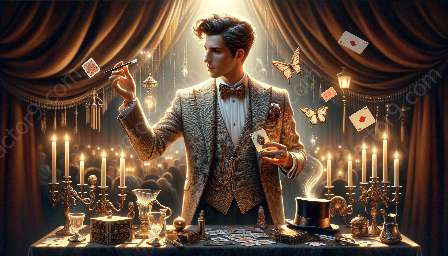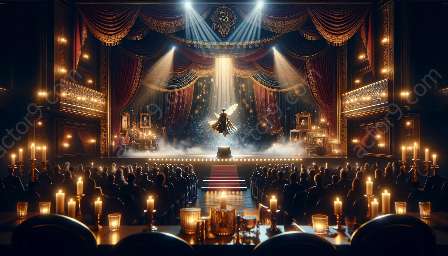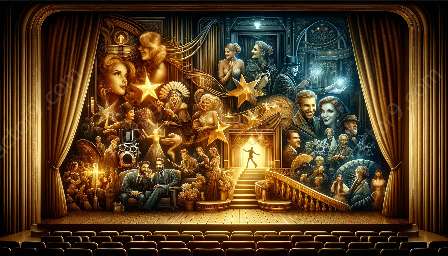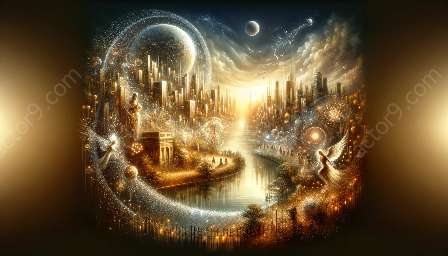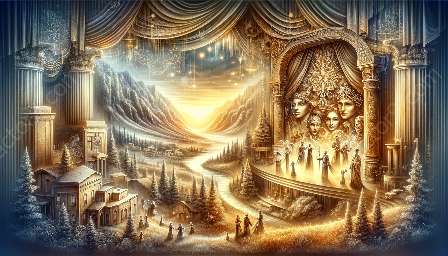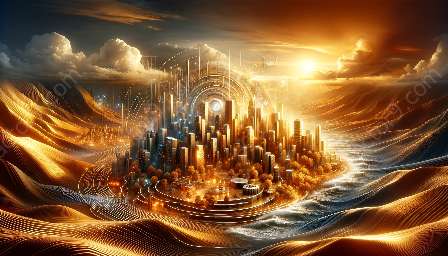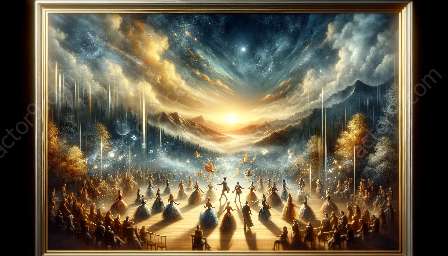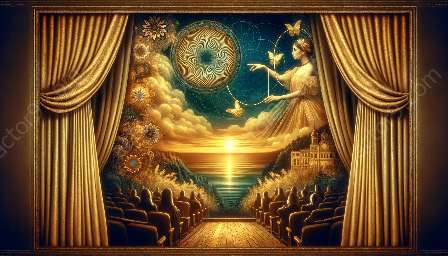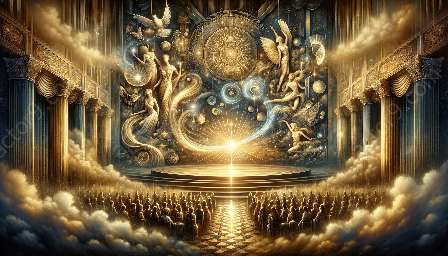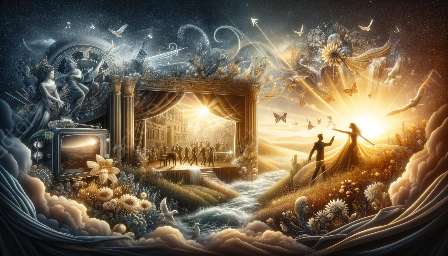Real-life magic performances are a mesmerizing experience, captivating audiences with extraordinary illusions, sleight of hand, and mind-bending tricks. When these performances are adapted into cinematic experiences, filmmakers face unique challenges that can affect the impact and authenticity of magic in films.
Understanding the Challenges
Adapting real-life magic performances into cinematic experiences presents several significant challenges. These challenges span across various aspects, including visual representation, audience engagement, storytelling, and maintaining the authenticity of the magic.
Preserving the Authenticity of Magic
One of the primary challenges is preserving the authenticity of magic when transitioning from live performances to the big screen. Real-life magic performances rely on the live interaction between the magician and the audience, creating an intimate and immersive experience. Filmmakers must carefully craft cinematic illusions that capture the same level of wonder and engagement.
Visual Representation and Special Effects
Magic is inherently visual, and translating the impact of live illusions onto film requires creative and technically proficient special effects. Achieving seamless and convincing visual representations of magic tricks and illusions can be a daunting task, as filmmakers aim to mesmerize audiences with the same wonder and disbelief experienced during live performances.
Emotional Connection and Audience Engagement
Real-life magic performances often evoke emotional responses from the audience, creating a sense of mystery, awe, and astonishment. Translating these emotional connections and audience engagement into cinematic experiences requires careful direction, storytelling, and cinematography to evoke the same sense of wonder and astonishment.
Impact of Magic and Illusion in Films
Magic and illusion have been integral elements of storytelling in films for decades, captivating audiences and adding an element of mystery and intrigue to cinematic narratives. The incorporation of magic in films often serves as a means to transport audiences into fantastical realms, challenge perceptions of reality, and ignite the imagination.
Overcoming the Challenges
Despite the complexities associated with adapting real-life magic performances into cinematic experiences, filmmakers and magicians have found innovative ways to overcome these challenges and create mesmerizing movie magic. Through collaboration, technical prowess, and a deep understanding of both magic and filmmaking, these challenges can be addressed and transformed into strengths.
Creative Collaboration
Bringing real-life magic to the big screen often requires a collaboration between magicians, special effects artists, cinematographers, and directors. This collaborative approach allows for the exchange of ideas, techniques, and expertise, resulting in seamless integration of magic into the cinematic narrative.
Technical Expertise and Innovation
The advancements in special effects technology have significantly enhanced the portrayal of magic in films. Cutting-edge techniques, such as CGI, practical effects, and motion capture, enable filmmakers to create breathtaking illusions and awe-inspiring magical moments that rival live performances.
Understanding the Language of Cinema
Successful adaptation of magic performances into cinematic experiences requires a nuanced understanding of the language of cinema. Through innovative camera work, editing, and sound design, filmmakers can enhance the impact of magical moments, creating an immersive and unforgettable viewing experience.
Conclusion
Adapting real-life magic performances into cinematic experiences presents a remarkable challenge, requiring filmmakers to meticulously capture the essence and wonder of live magic while utilizing the tools and techniques unique to the medium of film. Despite these challenges, the fusion of magic and cinema has given rise to some of the most iconic and memorable moments in film history, captivating audiences with enchanting displays of cinematic sorcery.


